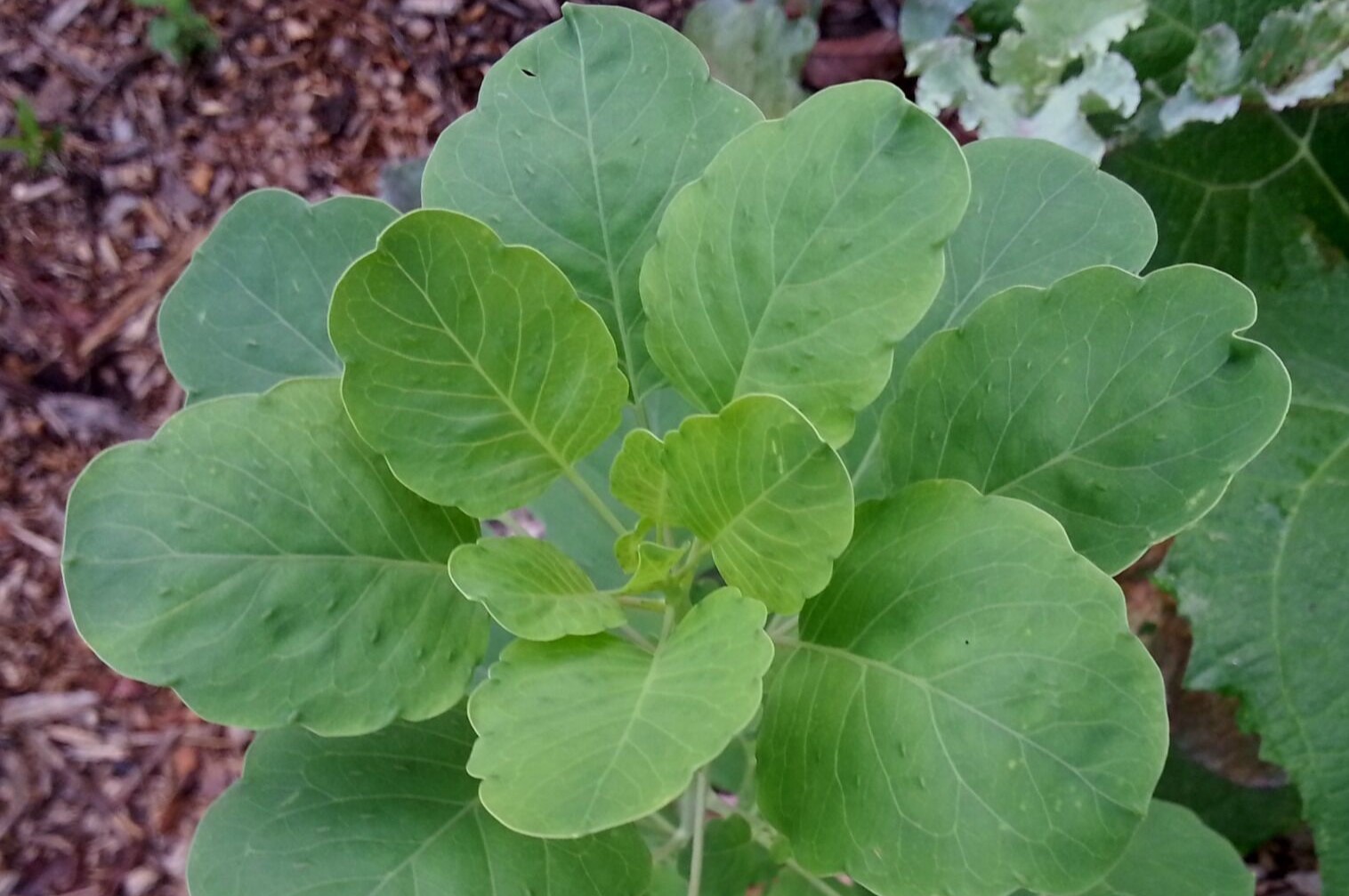
Porophyllum ruderale, also known as Bolivian coriander or papalo, is a fascinating herb with a rich history and unique characteristics. Originating from Central and South America, this plant has been used for centuries in traditional medicine and culinary dishes. Its leaves have a distinct, pungent flavor that can add a burst of zest to any meal. Not only is it a culinary delight, but it also boasts numerous health benefits, including aiding digestion and providing essential vitamins. Whether you're a gardening enthusiast, a culinary explorer, or someone interested in natural remedies, learning about Porophyllum ruderale can be both intriguing and rewarding. Let's dive into 15 amazing facts about this versatile herb!
Key Takeaways:
- Porophyllum Ruderale, also known as Bolivian coriander, is a versatile herb with a unique flavor that can enhance Latin American dishes and has medicinal properties.
- This herb, also called papalo, is easy to grow, has cultural significance, and is believed to bring good luck in some indigenous cultures.
What is Porophyllum Ruderale?
Porophyllum ruderale, also known as Bolivian coriander or papalo, is a fascinating herb native to Central and South America. This plant has been used for centuries in traditional medicine and culinary practices.
- Porophyllum ruderale is a member of the Asteraceae family, which includes daisies and sunflowers.
- The plant is known for its distinctive aroma, often described as a mix of cilantro, arugula, and rue.
- It thrives in warm climates and can be found growing wild in Mexico, Bolivia, and other parts of Latin America.
Culinary Uses of Porophyllum Ruderale
This herb is a staple in many Latin American kitchens. Its unique flavor can enhance a variety of dishes.
- In Mexico, papalo is often used in tacos and salsas to add a fresh, zesty flavor.
- The leaves are typically chopped finely and sprinkled over dishes just before serving.
- Some people prefer to use papalo as a substitute for cilantro, especially in regions where cilantro is hard to find.
Medicinal Properties of Porophyllum Ruderale
Beyond its culinary uses, Porophyllum ruderale has been valued for its medicinal properties.
- Traditional medicine practitioners use papalo to treat stomach ailments and digestive issues.
- The plant is believed to have anti-inflammatory properties, making it useful for treating minor wounds and skin irritations.
- Some studies suggest that papalo may have antioxidant properties, which can help protect cells from damage.
Growing Porophyllum Ruderale
Interested in growing your own Porophyllum ruderale? Here are some tips to get you started.
- Papalo prefers well-drained soil and plenty of sunlight.
- It can be grown from seeds or cuttings, making it relatively easy to propagate.
- The plant can reach up to 1.5 meters in height, so ensure you have enough space for it to grow.
Cultural Significance of Porophyllum Ruderale
Porophyllum ruderale holds a special place in the cultures where it is native.
- In Bolivia, papalo is often included in traditional ceremonies and festivals.
- The herb is sometimes referred to as the "herb of the gods" due to its revered status in some indigenous cultures.
- In some regions, papalo is believed to bring good luck and is often planted near homes for this reason.
The Final Word on Porophyllum Ruderale
Porophyllum ruderale, or Bolivian coriander, is more than just a plant with a fancy name. It’s a culinary gem in Latin American cuisine, adding a unique flavor to dishes. This herb also boasts medicinal properties, used traditionally to treat ailments like stomach issues and inflammation. Its distinctive aroma and vibrant green leaves make it a standout in any herb garden.
Growing porophyllum ruderale is relatively easy, thriving in warm climates with minimal care. It’s a versatile plant, used fresh or dried, and even as a natural insect repellent. Whether you’re a gardener, a chef, or someone interested in natural remedies, this plant offers something valuable.
So, next time you’re looking to spice up your garden or your cooking, consider adding porophyllum ruderale. It’s a small plant with big benefits, worth every bit of attention.
Frequently Asked Questions
Was this page helpful?
Our commitment to delivering trustworthy and engaging content is at the heart of what we do. Each fact on our site is contributed by real users like you, bringing a wealth of diverse insights and information. To ensure the highest standards of accuracy and reliability, our dedicated editors meticulously review each submission. This process guarantees that the facts we share are not only fascinating but also credible. Trust in our commitment to quality and authenticity as you explore and learn with us.


